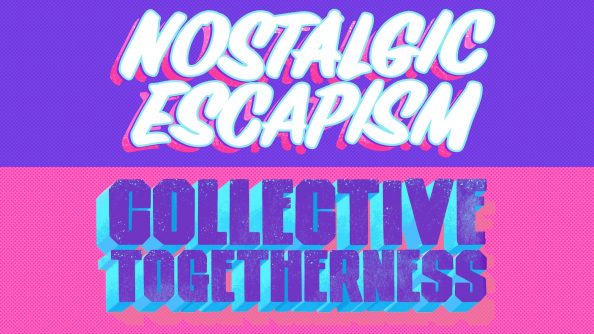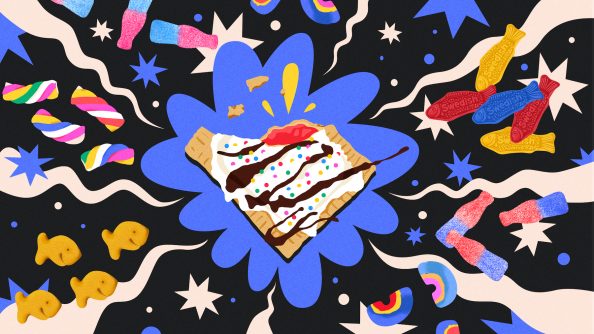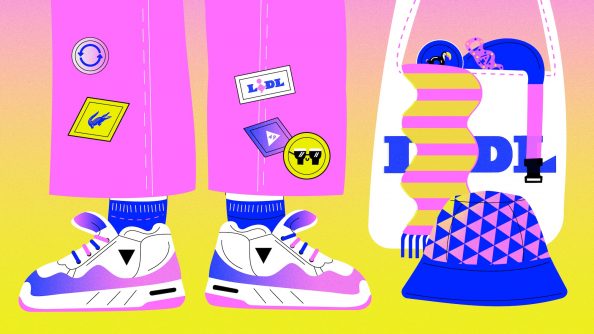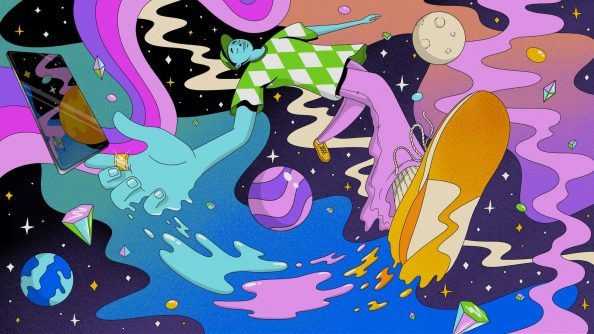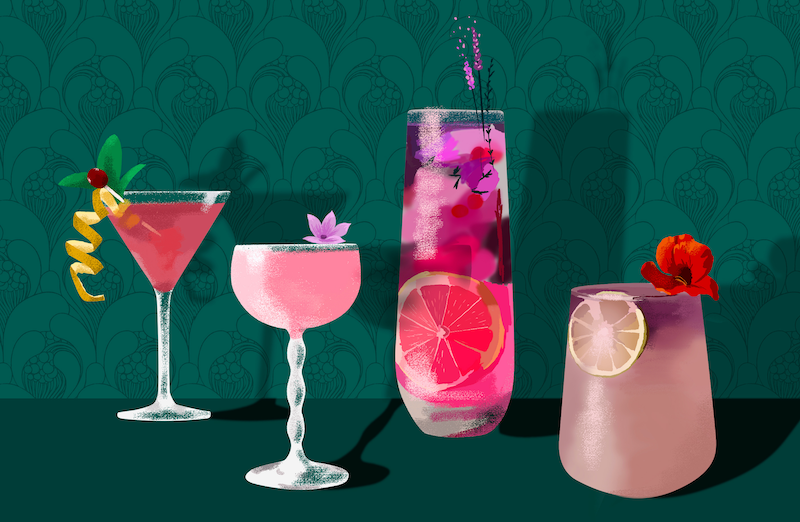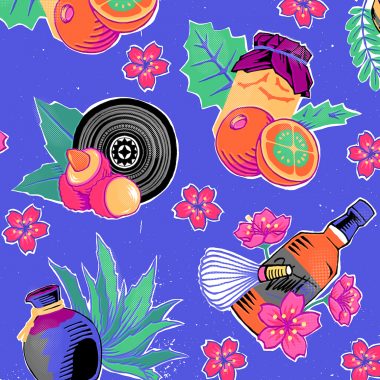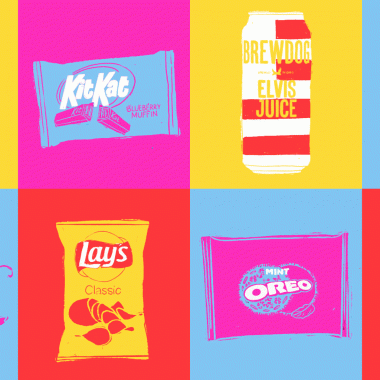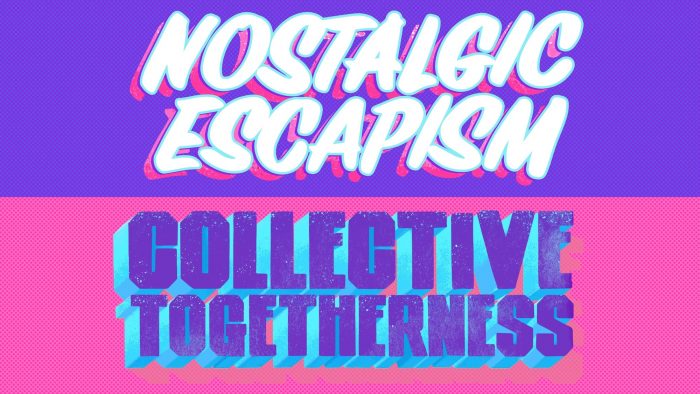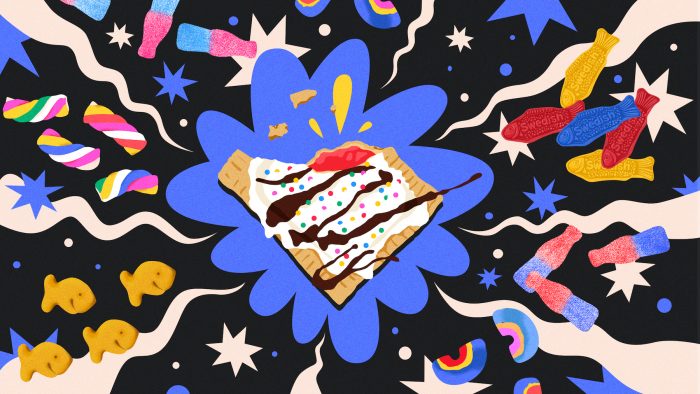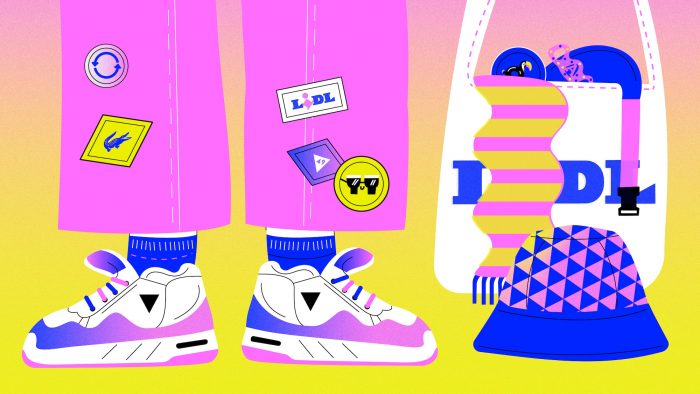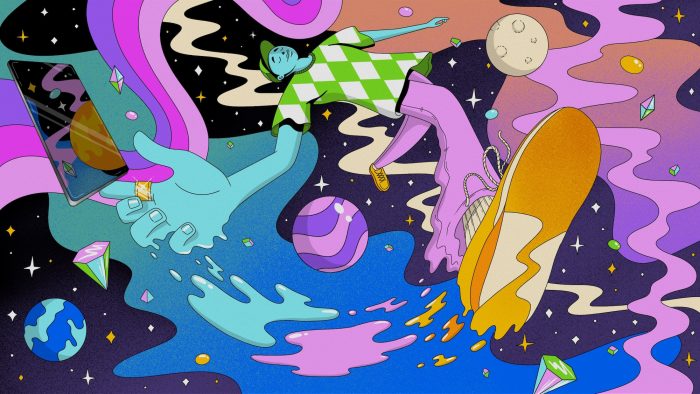“Oh, you’re doing Dry January!”
For anyone not drinking alcohol last month, I bet you heard this. I’ve been hearing this every January for six years. And for six years I’ve also had to explain that no, I’m not doing Dry January (or Sober October), I don’t drink. Apparently, this is a loaded statement, and it comes with inevitable questions. Are you pregnant? For religious reasons? Wait, you’re too young to be in recovery, aren’t you?
For me, the decision to not drink was more than a month-long lifestyle trend, it was a lifelong commitment. The truth is, at 21 I found myself in an alcohol-fuelled circle of self-destruction. Getting sober was the single best decision I’ve ever made, and I’ve always maintained an air of openness about my sobriety journey – you never know who might need to hear that there is hope on the other side.
That said, sometimes it can be hard being 27 and sober. Given that the non-alcoholic drinks category is expected to reach a valuation of $23.27 Billion in 2025 (Forbes), brands have a huge opportunity to ensure that people like me feel included.
Defining The Sober (and Sober-ish) Audience
People – about one-third of adults in the USA over 21 (CDC) – choose not to drink for a variety of reasons. Think of it as a scale. At one end you have those who attend AA or are in some type of recovery program. At the other end you have the ‘Damp Drinkers’, people that rarely indulge. Broadly speaking, people fall into three consumer groups:
- Sober OG’s: The core consumers and early adopters of the non-alcoholic drinks space. Living a sober lifestyle by choice, often by necessity, these people have likely had to find their own ways to navigate non-inclusive spaces like pubs and bars as non-drinkers.
- Sober Questioning: Thinking more and more about their relationship with alcohol and the effects it has on them, these people are considering cutting down or quitting altogether. They’re likely to be skeptical of what the alternative could look (and taste) like, and have concerns about the impact it will have on their social lives.
- Sober Curious: While they might have the odd drink, this group doesn’t feel that alcohol is an important part of their lifestyle. As the no-and-low category has grown in recent years, so has their interest in trying out new drinking experiences.
By creating brands and products that appeal to the core group – the Sober OG’s – the halo effect can attract new consumers from the other two groups. So, where do you start?
Designing for the Sober OG’s: First Come, First to Serve
I’m not one to stress about being embarrassed, but that being said, please do not hand me a giant plastic red cup full of soda at a bar. That cup is 24 oz of pure embarrassment for the Sober OG’s. Nothing calls attention to the fact that someone isn’t drinking more than a clownish beacon of too-much-soda. Design, therefore, can play an important role in helping non-drinkers feel included. Holding an interesting beverage with a neat label design can shift the difficult dialogue of “Why aren’t you drinking?” to a more inclusive and inquisitive “What are you drinking?” conversation.
Much like we see across alcoholic spirits and RTDs, innovation is driving exciting new flavor combinations and formats across non-alc, which is reflected in the bold and beautifully crafted packaging designs that are begging to be picked up, admired, and shared on social media.
Seedlip was the world’s first non-alcoholic spirit brand, taking inspiration from the world of premium alcoholic spirits and paving the way for an entirely new category of adult drinking experiences. Much imitated, it remains one of the market leaders. The sophisticated and whimsical illustrated labels found on Lyre’s non-alc spirits bottles would hold up against any alcoholic equivalent behind the bar, whilst Ghia’s unique bottle structure and type-led RTD can designs are just as fresh, intriguing, and contemporary as the drinks taste.
When it comes to beer, blue has emerged as a dominant category code. Athletic Brewing Co offers a non-alcoholic beer that appeals to the outdoorsy and adventurous, and Lucky Saint is the independent category leader in the UK. Both are predominantly blue. Looking at the big global brands, everyone from Brooklyn Brewery to Heineken, Corona, Coors, and Guinness makes use of blue to differentiate their 0% offerings from their core ranges. Cover that zero percentage copy with your hand and take a sip from your bottle or can, no one will know any different.
So far, so close to the world of alcoholic drinks. But brands should also remember that, to some Sober OGs, products that feel too close to an alcoholic drinking experience can be a trigger, so there’s a balance to be found when leaning into this visual world.
Designing for the Sober Questioning and Curious
A key motivation for the Sober Curious movement is taking a health-first approach. Whilst the idea of mindful consumption and paying attention to your body isn’t a new one, this growing tribe of health-conscious consumers is partly responsible for driving growth in the non-alcoholic drinks space. With this has come the emergence of a new sub-category; drinks that taste good, but that also do good for you. Think gut-friendly kombuchas, super-hydrating coconut water, and CBD infusions, all redefining how adult (non) drinking looks.
Brands like Kin Euphorics, Recess, and The Bu meet these consumers’ desires to have something delicious to sip whilst also boasting health benefits through their use of CBD and adaptogens like ginseng, L-theanine, and reishi mushroom. These drinks either energize or help consumers to relax and destress, all the while ensuring they wake up feeling fresh as a daisy the next morning. Their packaging is rooted firmly in the new design world of wellness; lots of abstract vibrant pastel gradients and visual metaphors for the feelings and moods associated with the drinks’ health benefits.
That being said, not all CBD and adaptogen-based drinks target the health-conscious crowd. Breakout brands like Flyer’s Cocktail Co lean more into the design cues of their alcoholic RTD counterparts, finding a sweet spot to position their sparkling CBD canned cocktails as the ideal alternative for social occasions when mixology is on the menu. Again, it’s all about finding the right balance and understanding what will make consumers feel included.
Reinventing Soda for the Soberverse
New-to-world brands aside, and skipping back to my original gripe of being handed a massive cup of soda; surely there are opportunities for established soda brands to become sober-friendly? Maybe a creative collaboration could be the route to connecting authentically with people who want an adult non-alcoholic drink rather than a kid-friendly soda. Or how about a Dry January Limited Edition with a more grown-up flavor profile to test the waters?
Imagine if Pepsi collab-ed with a craft brewery for a cola-infused non-alc stout. Or if Sprite released an LTO flavored with lemongrass and makrut lime, elevating its trusted flavor combination into something more sophisticated and serving it up in a beautifully designed tactile glass bottle. The possibilities for transforming consumers’ nostalgic connections with soda brands into something that grows up with them are endless.
What’s Next for Non-Alc?
Whether you’re a Sober OG, Sober Questioning, or Sober Curious, every choice not to drink is valid, and it shouldn’t mean that you feel excluded. Whilst the non-alcoholic beverage industry is already huge (and still growing), there are plenty of opportunities for both established and start-up brands to find their spot in the market and connect with non-drinkers in a way that makes them feel seen. And, hopefully, I’ll never have that plastic cup handed to me ever again.
Launching a non-alcoholic beverage and looking for a brand strategy, visual identity, or packaging design partner? Get in touch.
BONUS CONTENT: Fancy a Drink?
We’re all about craft here at Vault49, so I thought I would share my creative process when it comes to crafting exceptional non-alcoholic sips. I like to break it down into 3 parts:
- Primary Flavor: The star of the show. Usually comes from a juice, mixer, or muddled fruit. Playing around with how the primary flavor is incorporated can lead to some really interesting tastes and textures.
- Secondary Flavor: Here’s where you can experiment and find something unexpected to complement the primary flavor. My current favorite combinations are rhubarb with basil, pineapple with chili, and lime with lavender. Try different formats for your secondary flavor, such as syrups or garnishes.
- Bubbles: Finally, top your drink with some bubbles to give it some zing. I recommend a complementary flavored seltzer or tonic water for more herbaceous drinks, whilst ginger beer or ginger ale work particularly well with a sweeter and spicier base.
Kelsey’s Winter Nogroni
Here’s my simple recipe for a warming, spicy non-alc aperitif.
- To a chilled shaker add .5 oz Roots Divino Aperitif Rosso, .5 oz cranberry juice, and a few whole cloves.
- Shake until fully combined, then strain into a chilled glass filled with ice.
- Top with tonic water (Fever Tree brand is my personal favorite) and garnish with a twist of orange peel and a sprig of rosemary.
- Enjoy!
For anyone struggling with alcohol or substance abuse, the following resources may help.
US:
National Institute on Alcohol Abuse and Alcoholism
Substance Abuse and Mental Health Services Administration
Alcoholics Anonymous
UK:
NHS Alcohol Support
Alcohol Change UK
anna
Kelsey Mitchell, Senior Creative Services Manager + Meg Asaro, Head of Strategy & John Glasgow, Co-Founder of Vault49
